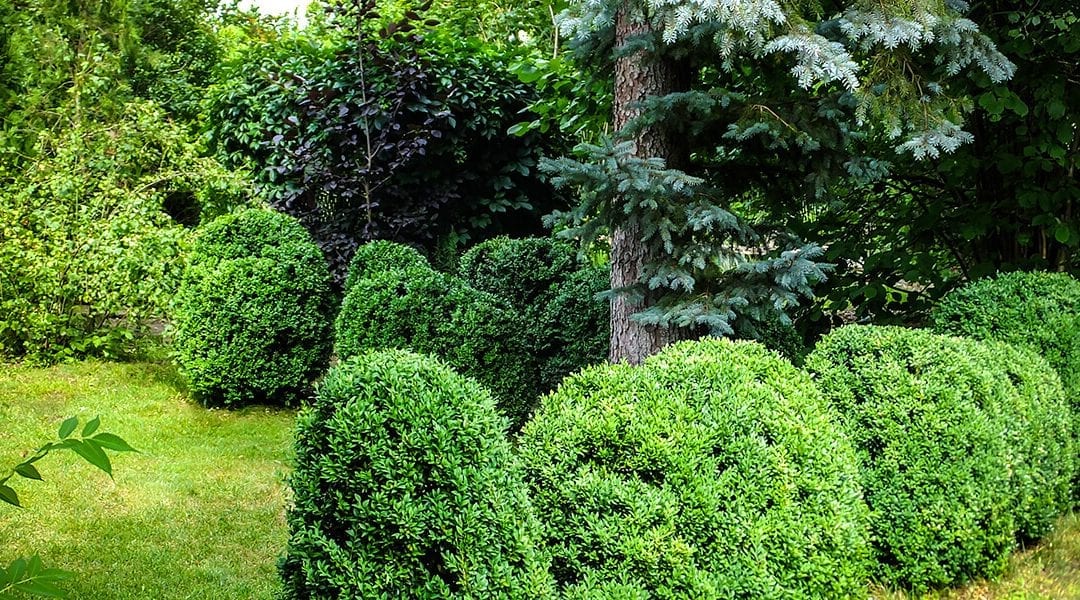When winter comes, there’s no point in resisting. It’s best to dive in and embrace it in both our lives and landscapes. Trends for house decorating change from year to year, but winter’s beauty always offers ample gifts to work with. Here are the coolest ways to transition your property into the next season by embracing evergreens, rosehips, bark, and the colors of the season!
When the snow comes, we’ve had enough of flowers and want plants that endure through the frost—the trees and shrubs that keep their color through every season.
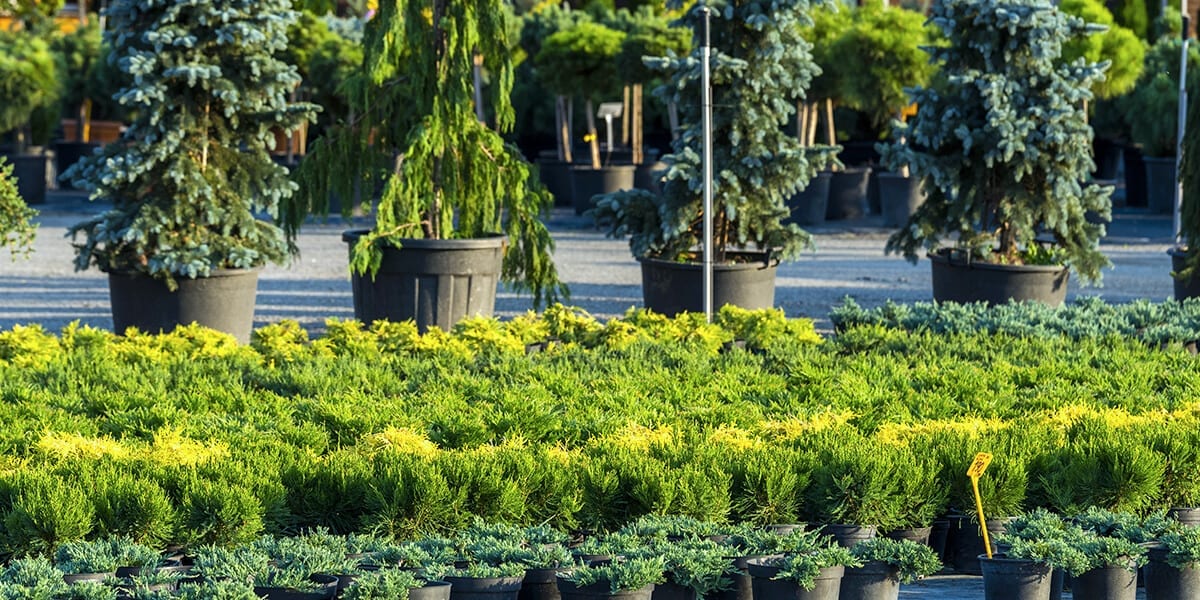
Swap Spent Flowers for Evergreens
The annuals of spring, summer, and fall have their time and place. But when the snow comes, we’ve had enough of flowers and want plants that endure through the frost—the trees and shrubs that keep their color through every season. Sweet-smelling spruce, pine, viburnum, and arborvitae become our friends, especially those dwarf varieties that you can use to replace flowers in your containers and garden.

Create Winter Container Gardens
There’s no need to leave your pots and containers empty when the cold comes, even if you don’t want to plant anything new. After you finish with pumpkins y chrysanthemums, you can make displays of cut evergreen boughs, dogwood branches, pine cones, willow boughs, and birch branches. Some people also use Christmas balls, bells, lights, and holly. But you don’t necessarily have to go for the Christmas landscape trends—instead, think of the season as a whole.
Warm Up Your Color Scheme Indoors
Winter is one of the most colorful seasons of all. The brightly-lit snow acts like a white canvas and amplifies the sunlight reflecting off every surface. Take advantage of the white backdrop to add warm colors inside your home. Ditch the cold shades of blue and revive your living space with reds like a fireplace, emerald greens, warm hazels, and bold oak tones. Think centerpieces, mantels, and wreaths.
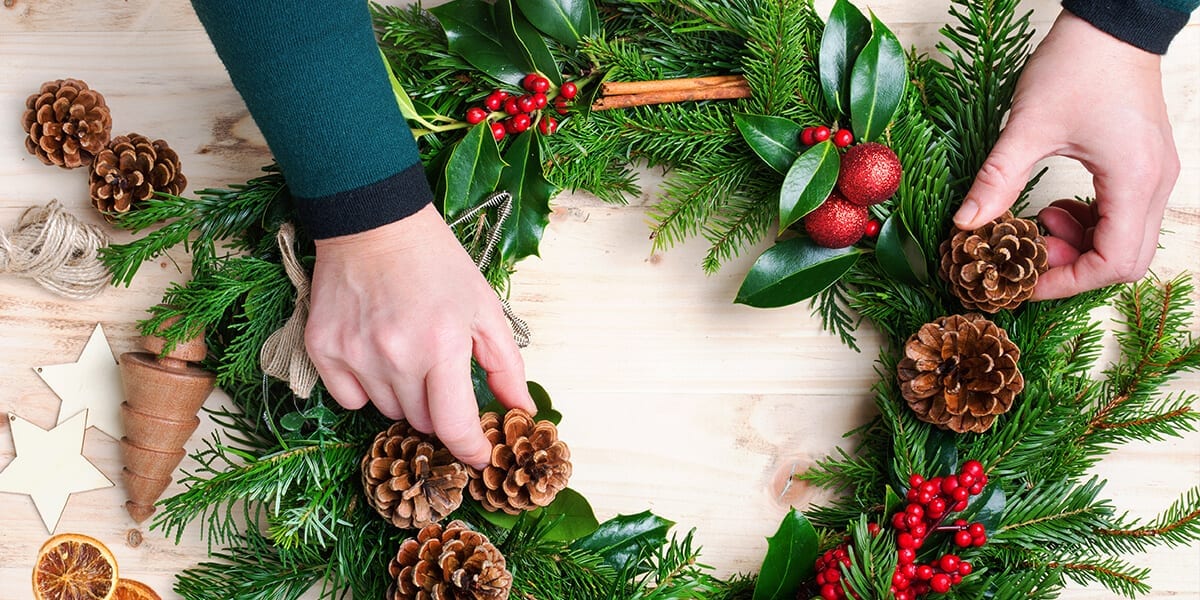
Create an Evergreen Wreath
Wreaths represent the ever-renewing circle of the seasons. It’s a symbol that life continues and will continue, as long as we’re good stewards of the living landscape around us. Plus, they’re simply a beautiful piece of decor that you can hang on doors, lay on front steps, or set up as a centerpiece for your table. If you’re crafty, try making one with branches from your yard and with help from the kids.
Skip the Deadheading, Leave the Rosehips
We’ve told you to deadhead your roses all summer to keep them blooming, but in the fall, it’s best to let the flowers grow into rose hips. This prepares them for dormancy and adds beautiful red fruit to your landscape during the cold months. Look around for other interesting seed heads, too! Rather than cutting back your coneflowers and alliums, let the dry heads add their charm to your winterscape.
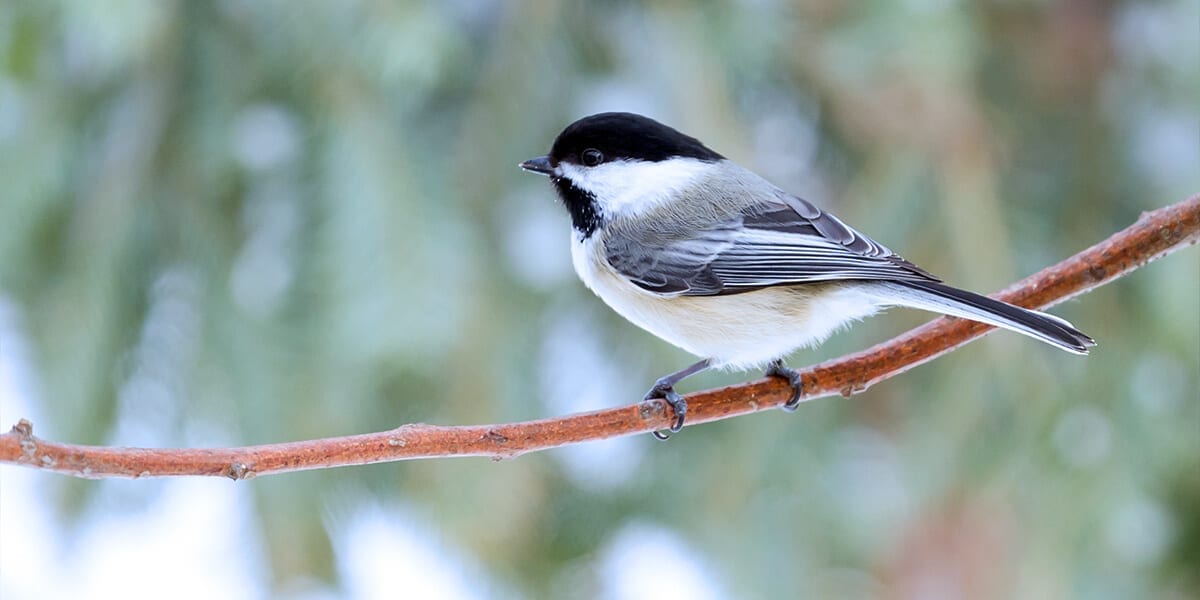
Welcome Winter Birds
In the Chicagoland area, lots of birds spend this time of the year here in our backyards. Chickadees are the most common, but you’ll also see dark-eyed juncos, nuthatches, woodpeckers, and pine siskins. Set out a few bird feeders to encourage them to visit and leave some of your dead flowers standing as an extra snack of seeds.
Embrace Ornamental Grasses
When our tall grasses stand dry and beige in late fall, it’s hard to resist taking out the sheers and giving them a haircut. But there’s no need to do so until the spring. If we leave them standing, we can enjoy the stalks for months to come and let the birds nibble on the grains as well.
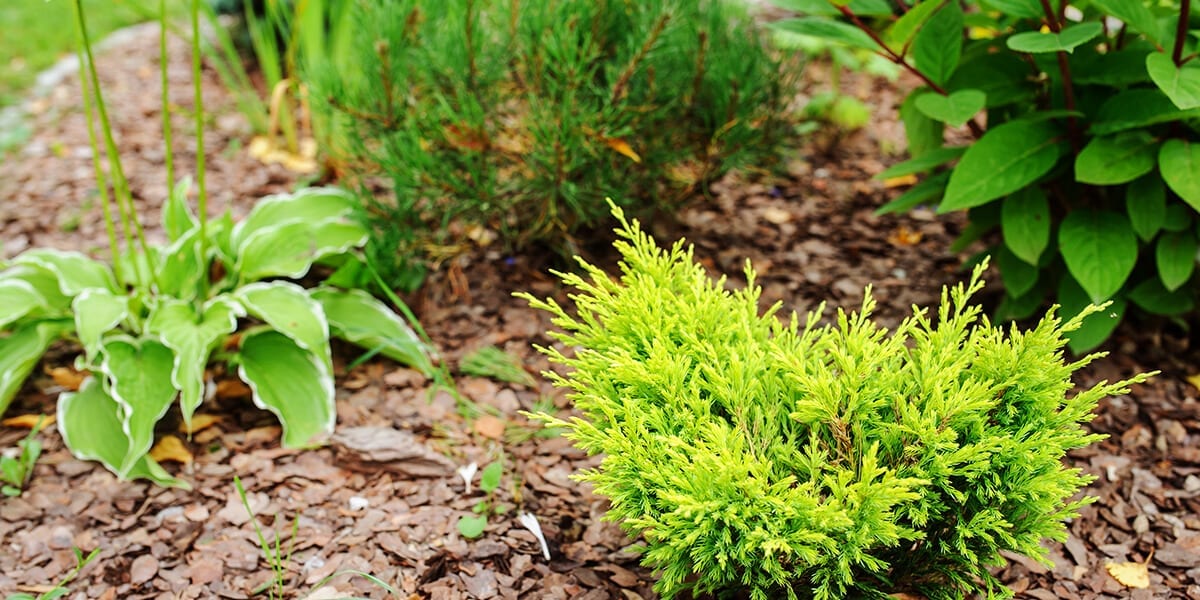
Protect Newly Planted Trees and Shrubs
The mature trees and shrubs in your yard typically don’t need extra protection, especially if they’re hardy to our zone 5. But young and newly planted ones benefit from extra care:
- Because their roots are still shallow, it’s best to water them thoroughly through the fall until the ground freezes.
- Lay 3-4 inches of mulch, such as bark mulch, around the base to insulate them against cycles of freeze and thaw. Keep the mulch a few inches away from the trunk to discourage stem rot and rodents from chewing on the bark.
- Gnawing mice and rabbits can easily damage young bark. Guard the trunks of young trees, especially fruit trees, with a cage of plastic or wire mesh.
Overwinter Friendly Insects
When we rake away our leaves, we unknowingly remove the perfect habitat for ladybugs, moths, butterflies, beetles, and pollinators to lay eggs in or hibernate. These critters will eat our pests, pollinate our flowers, improve our soil, and feed the birds next spring. They’re essential to the ecosystems of our neighborhood and our landscape. The solution to keeping them around couldn’t be easier; just keep a little pile of leaves and branches somewhere in your yard as a home for these precious bugs during the cold months.
The best landscape trends are always born out of a love for the local, natural landscape. The key to decorating well this time of year is to borrow inspiration from the wonderland around us. If you’re looking for evergreen clippings, vibrant decorations, or more ideas, come visit our local centros de jardinería!
Platt Hill Nursery es el principal centro de jardinería y vivero de Chicago.

